 Kids' Club Spanish School, LLC
https://kidsclubspanishschool.com/wp-content/uploads/2024/07/blog_summer-spanish-activities-for-kids-3.png
807
800
Alexis Fishbaugh
https://cdnwp.kidsclubspanishschool.com/wp-content/uploads/2025/05/kids-club-spanish-school-header-logo.webp
Alexis Fishbaugh2024-07-28 22:48:532024-07-28 22:48:53Summer Spanish Activities for Kids
Kids' Club Spanish School, LLC
https://kidsclubspanishschool.com/wp-content/uploads/2024/07/blog_summer-spanish-activities-for-kids-3.png
807
800
Alexis Fishbaugh
https://cdnwp.kidsclubspanishschool.com/wp-content/uploads/2025/05/kids-club-spanish-school-header-logo.webp
Alexis Fishbaugh2024-07-28 22:48:532024-07-28 22:48:53Summer Spanish Activities for KidsTHREE KINGS’ DAY
The Three Kings’ Day is the most exciting day of the year for kids living in Hispanic countries.
The story of Santa Claus is not as embraced as the biblical story of the Three Kings who first handedly gave Jesus gifts, and so the tradition of gift giving is more appropriate on Three Kings’ Day rather than Christmas day. It is a day near and dear to the hearts of Hispanic people from all over the world.
It’s a night of excitement and expectation. Children from all over the world await the arrival of visitors from far away who will be bringing them gifts that they have anxiously been expecting for their good behavior all year. And while Santa Claus is back at the North Pole resting after his long night of visiting children’s houses, the three Kings and their royal camels venture, on Three Kings’ Day, onward towards their destination.
On the night of January 5th children begin preparing for their weary visitors, not by hanging up stockings and placing out milk and cookies, but instead by placing out their shoes filled with hay and putting out water in a place where the hungry and thirsty camels will be able to find them. Also various sweet treats such as Nougats, or in Spanish Turrón (a candy made from honey, nuts and egg whites) are left out for the Kings as well. In the morning the children will find that the treats and hay have been eaten, and where the hay once was are now small gifts poking out of tiny shoes with the larger gifts placed next to them.
El día de los Reyes Magos
The 12th day of Christmas, el día de los Reyes Magos (Three Kings’ Day) is the most exciting day of the year for kids living in Hispanic countries such as Spain, Mexico and Latin America. In Hispanic culture the 1st day of Christmas (Christmas Day) is a more relaxed day of celebrating Jesus’ birth and not so much a time for adorning one another with the giving of gifts.
The story of Santa Claus is not nearly as embraced and loved as the biblical story of the Three Kings who had a first-hand connection to the baby Jesus, and so the tradition of gift giving is more appropriate on Three Kings’ Day rather than Christmas day. It is a day near and dear to the hearts of Hispanic people from all over the world as it celebrates the Three Kings, Melchior, Gaspar and Balthazar’s journey as they followed a large, bright star from the East eventually arriving to a small manger in Bethlehem to present their gifts of gold, frankincense and myrrh to the newborn king.
Melchior was the oldest of the kings and was the king of Persia and brought the gift of gold. Gaspar is believed to be a king from the southern part of India and brought the gift of frankincense. Balthazar was the king of Macedonia and gave the gift of myrrh. One may ask why these Kings decided to give these specific gifts?
The Three Gifts
Gold is a symbol of divinity. In fact many pagan idols were constructed out of gold. Also it is a gift most suited for a king. All of King Solomon’s cups were solid gold as well as all of his eating utensils. By giving baby Jesus gold they were acknowledging their reverence for this royal child which is all the more stunning a gift considering it was given by kings themselves.
Frankincense was a valuable gift because it was not something a person could easily get from the region where Jesus was born. It was more common in the East and therefore very valuable. When burned it produced a strong, woodsy aroma as it is made from the bark of trees native to the east where the kings were from. It also symbolized and acknowledged Jesus’ priesthood as frankincense was commonly used in the temple, burned during ceremonial rituals.
Myrrh also originated from Arabia and was extracted from a tree in the same way that the frankincense was obtained. Myrrh was a symbol of suffering, which of course Jesus would eventually have to endure later in his life, but also it was practically used as an aromatic ointment in the embalming process. Interesting enough it could also be used as an analgesic and anti-inflammatory which Mary as a newborn mother would have benefitted from immensely.
Roscón de Reyes
After all of the gift giving has commenced it is a time for friends and family of all ages to come together and share the happiness of this special day by partaking in delicious food. One of the most famous foods associated with Three Kings’ Day that people love to share is the Roscón de Reyes.
This is a bread made in the shape of a crown with dried fruits and sugar sprinkled on top of it. Hidden inside the bread is a small, plastic Jesus figurine. In Mexican traditions the one who is served this piece of bread, containing the Jesus figurine, is “anointed” as the one who is to provide tamales and atole (a warm, masa-based drink) for the next celebration on February 2nd called the Día de la Candelaria. This is a holiday that celebrates the day when Jesus’ parents first took him to the temple in order to be blessed.
In Spain, instead of a Jesus figurine, there is a small porcelain Christmas figurine and a bean hidden inside the bread. Everyone at the gathering puts a small amount of money in a kitty. The one who gets the figurine in their portion of bread will get the money in the kitty and the one who gets the bean will pay double. The good news though is that this person is believed to be rewarded with one year of happiness for their lucky find.
Feast of Epiphany
Another reason why January 6th is celebrated so much in Hispanic culture is that the 12th day of Christmas is also the day which celebrates Jesus’ baptism in the Jordan river by John the Baptist and is called the “Feast of the Epiphany”.
As one could imagine with any holiday with the word “feast” in it, there will undoubtedly be an abundance of good food to be enjoyed. Other activities include attending church services, the blessing of homes by community priests, baptism celebrations and the taking down of Christmas decorations and nativity scenes. Indeed, there is a lot to do and a lot to celebrate on this last day of Christmas.
The Christmas season is a wonderful time to gather with loved ones and to be surrounded by all the warmth that the holiday season has to offer on such cold December days. We at Kids’ Club Spanish School wish all of our students, parents and teachers a Christmas holiday filled with joy and happiness and hope that this time brings priceless, precious memories that will last a lifetime.
We want to thank all of our teachers for the important work that they do. They truly are a gift to us and hope they have been a gift and meaningful part of your child’s life as well. Their passion for teaching, and the patience and dedication they have shown to their students cannot be appreciated by us enough. We want to thank all the parents of each of our students for allowing us to be a part of your family and hope this Christmas season is a wonderful time that you can share with your children. We wish all of you a very Merry Christmas and a very Happy New Year.
During our live one-on-one Spanish immersion classes for kids aged 5 to 13, many teachers will teach vocabulary words related to “Christmas”. Homework assignments will be sent to the students for them to study these vocabulary words. Our classes are a fun and dynamic way for kids to learn the Spanish language and to learn culture related to the Spanish speaking world. Sign your child up for a free trial class to help them begin their language learning journey.
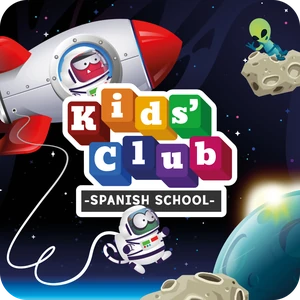
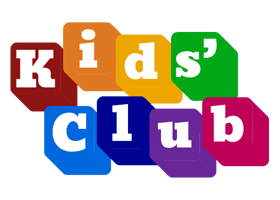
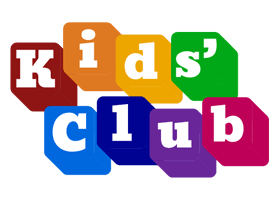
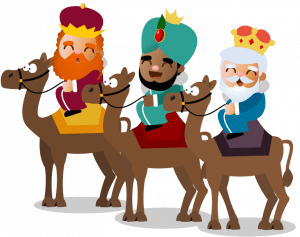
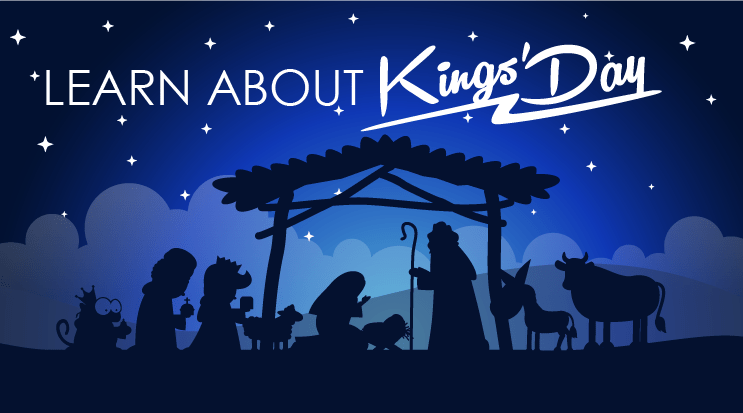

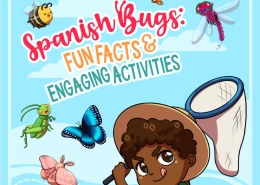 Kids' Club Spanish School, LLC
Kids' Club Spanish School, LLC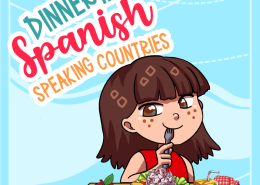 Kids' Club Spanish School, SL
Kids' Club Spanish School, SL Kids' Club Spanish School, LLC
Kids' Club Spanish School, LLC

